From the Past
EXPLORE MORE
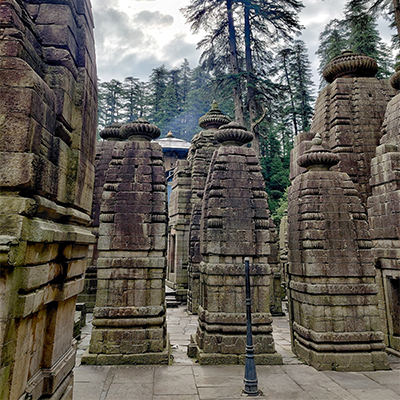
Jageshwar temples

Uttarakhand has had a long history of temple art and architecture, based on local resources like wood and stone, especially from 7th century onwards, mostly built by Katyuri kings. One of the most popular Katyuri temple clusters is the one at Jageshwar, around 35 km from Almora. Nestled in a densely forested area, the cluster includes 124 big and small stone temples dedicated to various deities. The main temple here is home to the Swayambhu Shivalinga, the eighth among the 12 jyotirlingas spread across India. The temple finds a mention in the epic Mahabharata as well.
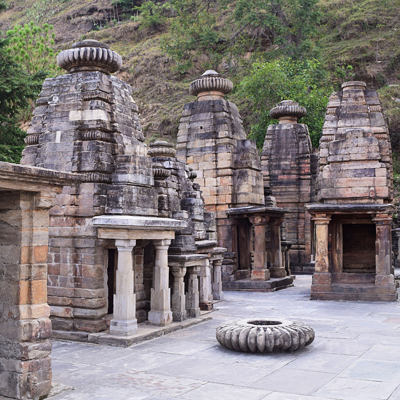
Katarmal Sun Temple

The 9th-century Katarmal temple is a magnificent monument dedicated to Surya or the Sun God. While there are several other sun temples strewn across Uttarakhand, this is most well-known. Also known as Bara Aditya temple, the beautiful temple complex, with one main temple dedicated to the Sun God, and many more temples with other presiding deities, is nestled in a forested area, about 17 km from Almora.
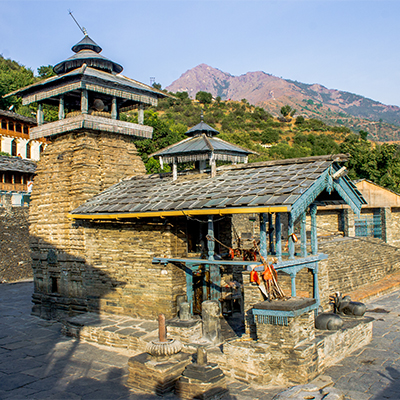
Lakhamandal temple complex

Around 20 km from Chakrata, stands the ancient Lakhamandal complex, said to have been established during the era of the epic Mahabharata. The complex, built of stone and wood, is centred around an ancient Shiva temple that is known for its Shivalinga, which shines like a mirror when wet. Around the temple are carved stone figures, several smaller temples and a pyramidical stone ruin, which locals say, is where, in Mahabharata, the Kauravas had built a house of lac to burn alive the Pandavas.
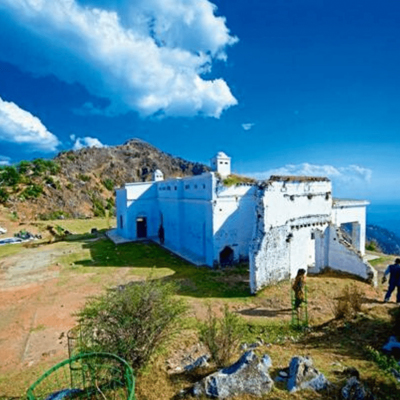
George Everest House

Just 8 km from Mussoorie, stands the former home of Sir George Everest, India's surveyor-general from 1830 to 43, who measured the exact height of Mount Everest and it's on his name that the peak is named. A popular picnic and camping site, the iconic white colonial structure, built in 1832, offers stunning views of the Doon valley. Plans are afoot to renovate the residence-cum-observatory into a heritage site and star-gazing centre.
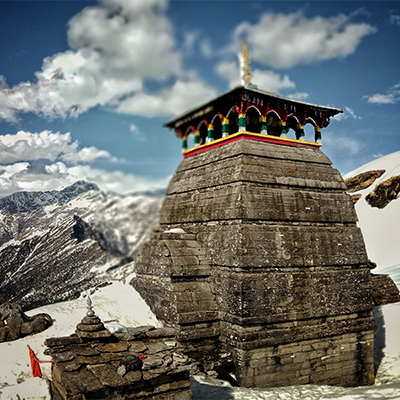
Tungnath temple

This ancient Shiva temple, around 3 km from Chopta, is said to be almost 1,000 years old and has legends from the times of epics Mahabharata and Ramayana attached to it. It is said that Arjuna (from Mahabharata) laid its foundation stone and Lord Rama (from Ramayana) meditated on the nearby Chandrashila peak. It is one of the Panch Kedars, or the group of five most-sacred Shiva temples in Uttarakhand, and is also said to be the highest (3,680 m).
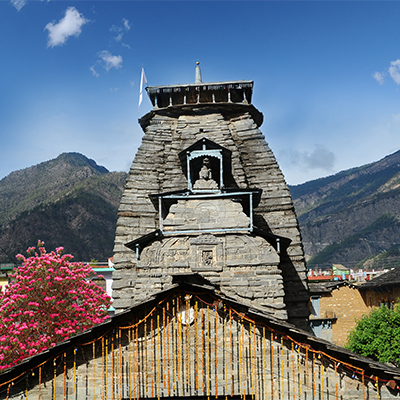
Gopeshwar Gopinath temple

Located around 10 km from Chamoli, this Lord Shiva temple is said to have been erected around the 9th and 11th century by the Katyuri kings. Studies say that many more temples existed in the complex. Built in Nagara style, this temple has close resemblance to the Mrityunjaya temple, Jageshwar. Within the complex there is a colossal metal trident, over 5 feet high.
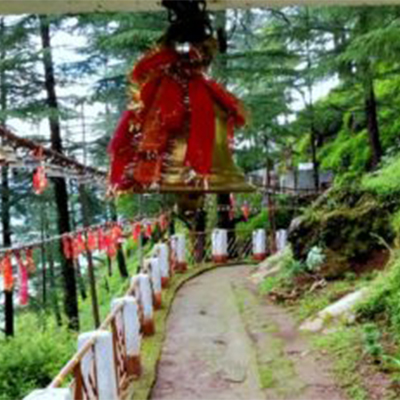
Patal Bhuvaneshwar cave temple

This natural limestone cave formation, around 90 km from Pithoragarh town, has immense historical and religious importance, finding a mention in the ancient text Skandapurana (6th century). It is believed that sage Shankarcharya visited this place in 822 AD. One has to crawl underground through a narrow passage to reach the bottom of the cave, inside which there are several stalactite and stalagmite deposits in unique shapes.


If you have an doubts, Please let me know